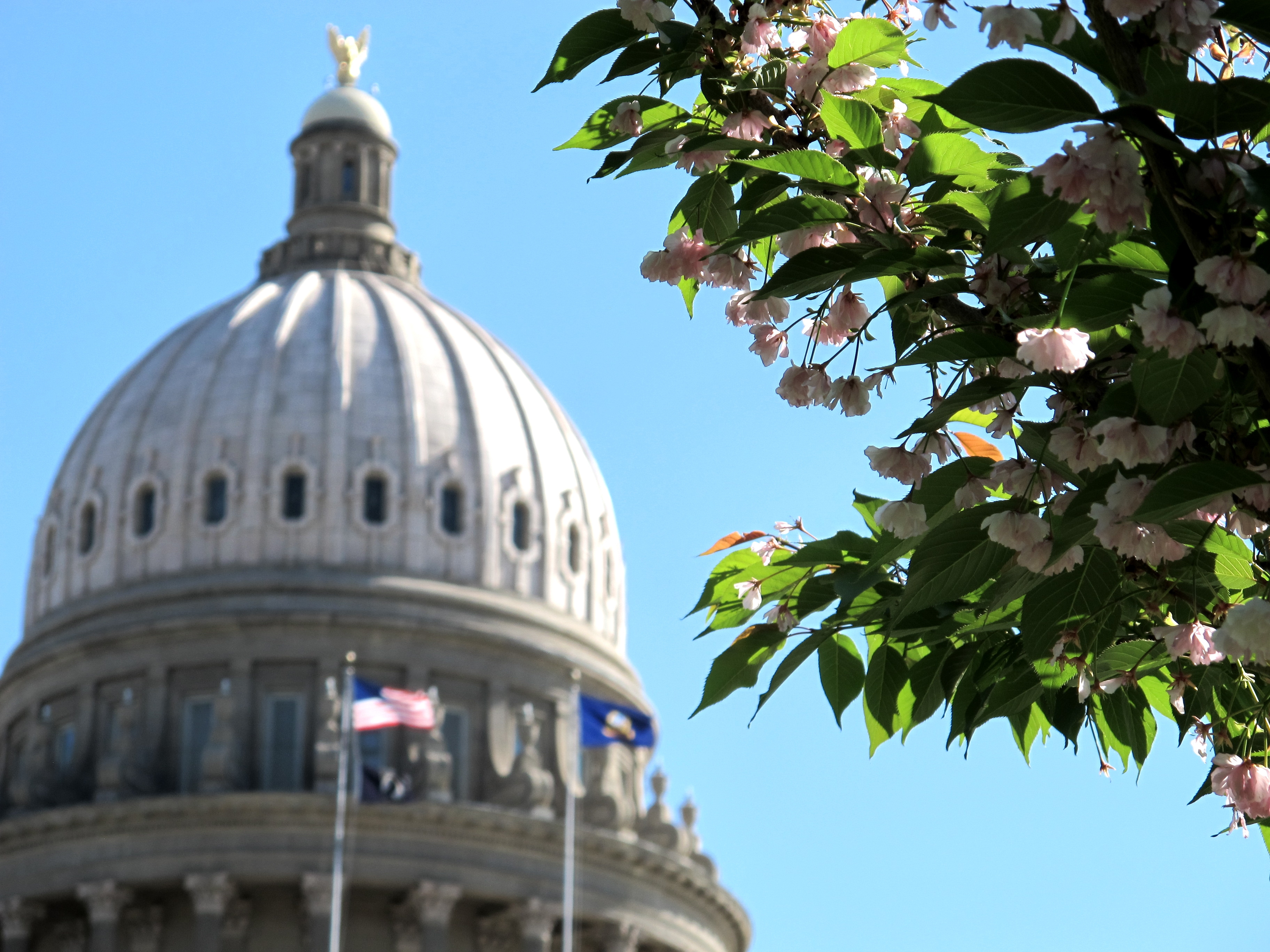It Would “Be A Miracle” If State Meets Health Insurance Exchange Deadline

Emilie Ritter Saunders / StateImpact
Penny Schweibert with the Department of Insurance outlines the state's options.
A governor-appointed panel of state lawmakers, insurance executives and other community stakeholders met for the first time today to begin the process of deciding how Idaho will deal with the federal health care law’s requirement that states have some sort of health insurance exchange.
The options: let the federal government take charge, authorize Idaho to create and manage it, or set up a federal-state partnership.
Governor C.L. “Butch” Otter has to make the call. If the decision is for an Idaho-run exchange, then the state has to present its ‘blueprint’ to the federal government by November 16.
That’s a deadline Department of Insurance project manager Penny Schweibert says can’t be met. “States have spent two years getting to this point. Other states have spent nine to 12 months, and they’re still scrambling to get the blueprint done,” says Schweibert. “So, is it possible for us to get this blueprint? It would almost have to be a miracle.”
The other issue is cost. It’s unclear how much Idaho would have to pay to create and manage its own online marketplace. Washington State estimates their exchange will cost $150 million. Oregon is planning for $60 million. Idaho Department of Insurance Director Bill Deal guesstimates a Gem State exchange could total $40 million.
A state-run exchange is something Deal and the Department, some lawmakers, local insurance companies and the Idaho Association of Commerce and Industry have favored and pushed. But that effort hit a dead-end during the 2012 legislative session (you can revisit that debate here).
Deal says if Idaho can’t meet the November deadline, or if the governor chooses to reject a state exchange, the next best option is a federal-state partnership. In that scenario, Idaho would maintain control over the plan’s management and customer service, while the federal government would handle administrative duties and financial management, for example.
But even if Idaho starts down the path of a federal-state partnership, it can still manage its own exchange down the road. Each November, states will have the opportunity to change course on their health insurance exchange plan.
The other detail that is unclear right now is the cost to consumers under each exchange scenario. Idaho Association of Commerce and Industry president Alex LaBeau says that information is critical.
“If we have the lowest premium rates in the country, does a federal exchange lower our premium rates even more, or does it increase our premium rates?” LaBeau asks. “And if we have a state exchange, do we get to retain some control of that and what would that look like? When you start giving us the cost benefit analysis, that’s a key point for us to be able to make a decision on.”
Director Deal thinks the 12-member panel should wrap up its work and send a recommendation to the governor after three or four meetings. He anticipates the next meeting will be at the end of this month.
Here’s the full presentation by the Department of Insurance:


